
Photographers: How to take truly candid proposal photos
1/26/24
Photographers: If you’re treating proposals exactly like engagement sessions, your clients are missing out. Here’s how👇
Taking 𝙩𝙧𝙪𝙡𝙮 𝙘𝙖𝙣𝙙𝙞𝙙 photos is very different than taking candid 𝘧𝘦𝘦𝘭𝘪𝘯𝘨 photos at an engagement session.
What do I mean by “truly candid”? Let’s dive deeper.
You’ve only communicated with one partner
Imagine preparing for an engagement session with a male/female couple. Imagine only being able to plan the session with the guy. In fact, his partner has no idea what day we’ve planned the session for. She doesn’t know the location, so she’s not able to consider the setting when choosing an outfit. And when she has questions, she’s not allowed to ask you (the photographer), because she doesn’t know you. She doesn’t know your personality or style, your abilities, or what to expect from the experience of taking professional photos.
On top of all of that, these photos and their experience creating them are important. It may be one of the most memorable days of their lives.
Welcome to photographing proposals. 😅 Overcoming these challenges is actually what makes it such a fun and fulfilling job!
Only being able to communicate with 1/2 of your clients means you need to be 100% on the same page. They need to understand the plan, and you need to understand their priorities.
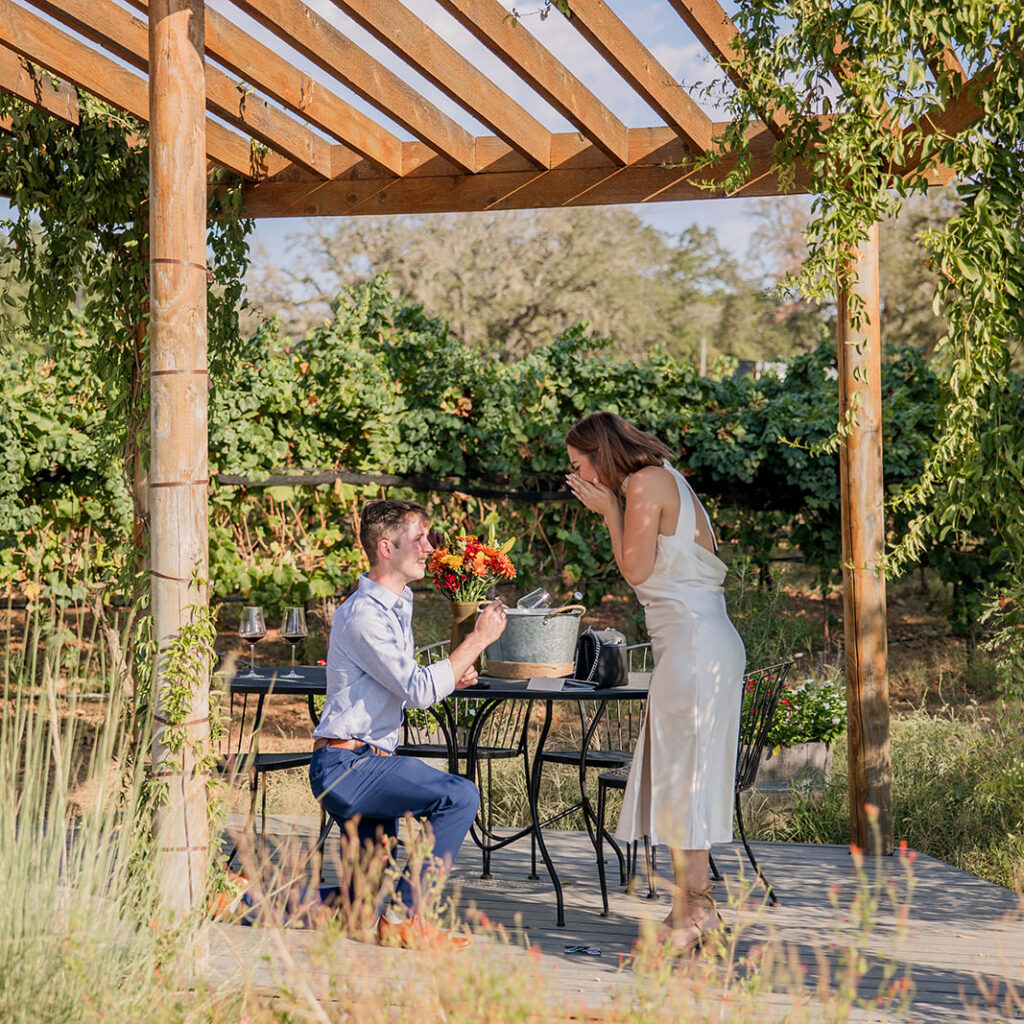
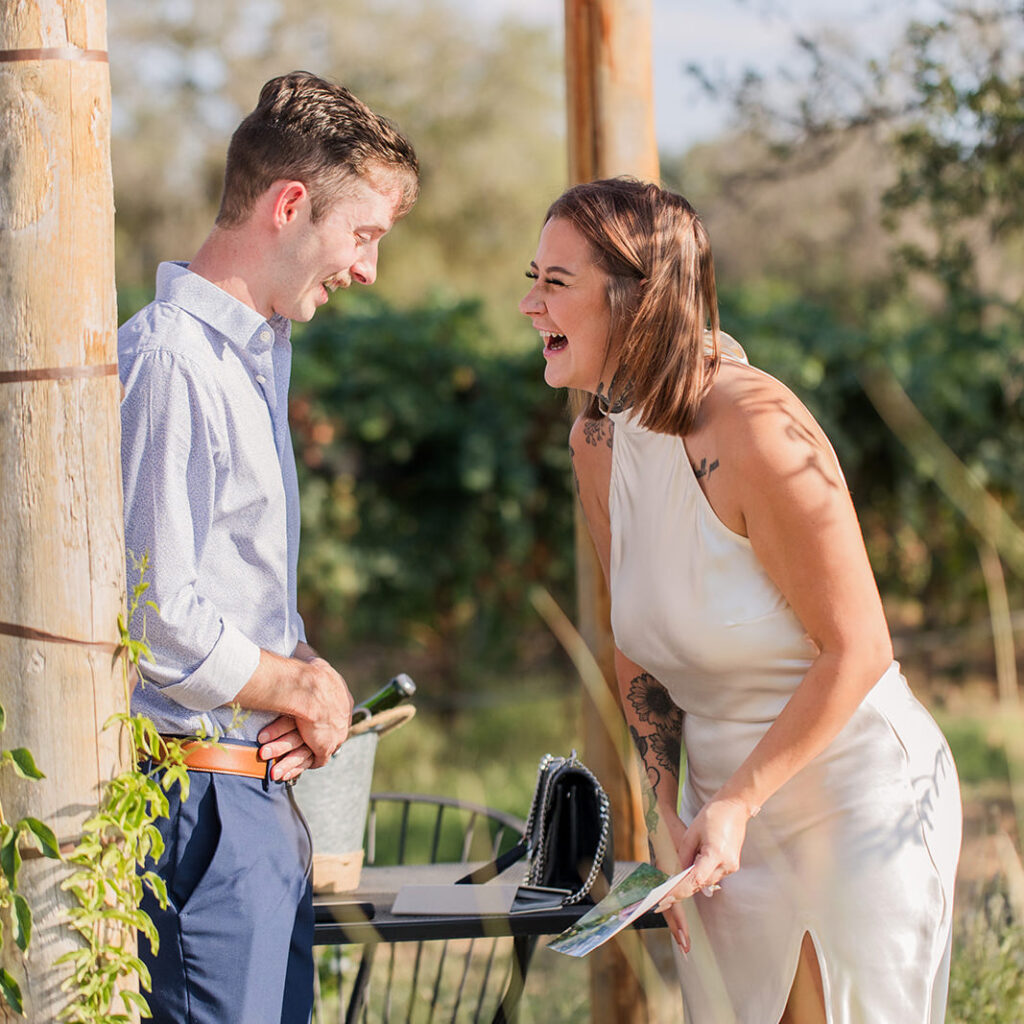
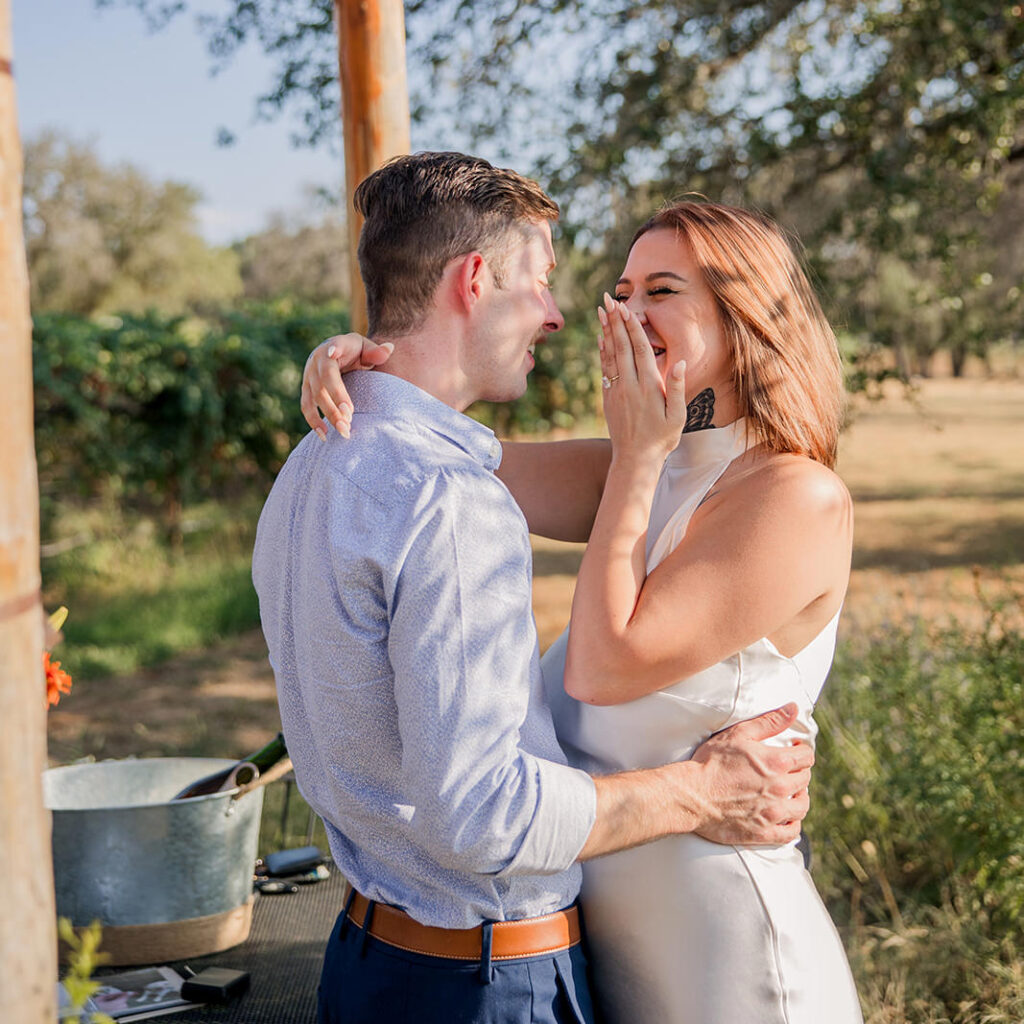
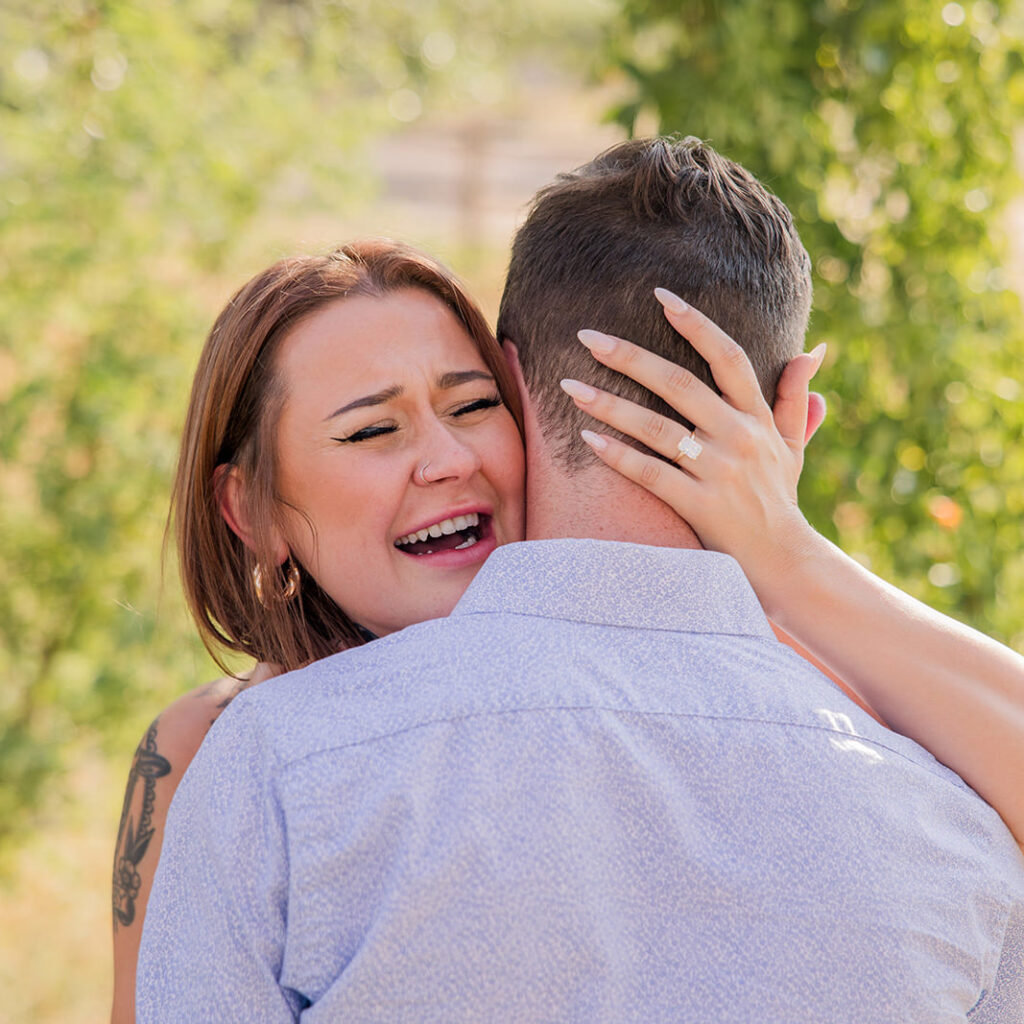
All of these photos were taken before I ever said a word to the couple.
Your client is on their own until the big moment
At an engagement session, you can tell your clients exactly where to stand. You show them a spot on the ground and tell them what direction to face to take advantage of the light.
At a proposal, all of this communication must be done ahead of time. Usually, I’ll show my client example photos from their location and describe the best spot in detail. They ask questions until we’re both sure we’re on the same page.
They’ll also need to find this spot on their own. This may include checking in to a venue, saying the right thing to the people working there, and navigating a large location seamlessly. You won’t easily be able to answer their day-of questions, so all the kinks must be worked out days or weeks earlier.
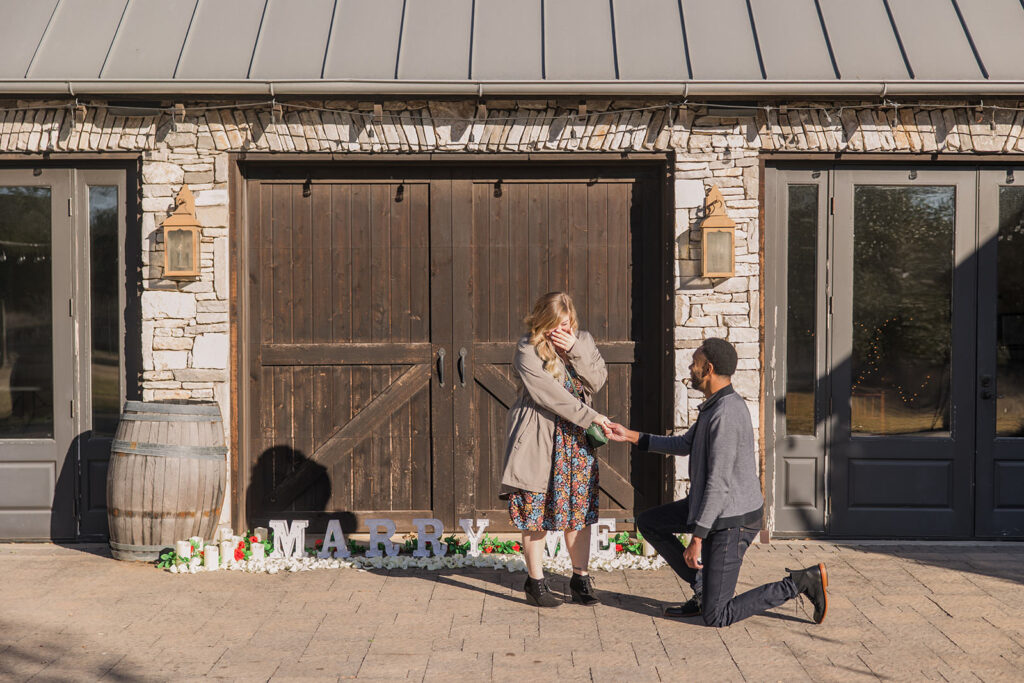
They need to know what to expect
The best candid, emotion filled moments happen during the proposal and in the minutes afterward. Ideally, both people are fully engrossed in the moment. They’re living their own movie, and they’re the main characters (is that still a thing to say??)
Sometimes, they don’t even look at me or notice the camera for several minutes.
- Your client needs to know what to do 𝘢𝘧𝘵𝘦𝘳 their proposal. Those can be some of the best candid photos, but not if they’re immediately looking at you, wondering what to do next.

You need to be ready for anything
Like I mentioned above, your client will need to arrive at the pre-determined location all on their own.
As the photographer, you need to be ready for anything. If they stand in a slightly different spot than you hoped, or the lighting in that spot is slightly different than you prepared for, you need to adjust.
The very first photos you take will be of the proposal itself, and in many ways, these are the most important photos. Your clients may not even notice you for several seconds or minutes, so take advantage of the truly candid photo opportunities during that time.
I suggest arriving extra early for several reasons:
- Prepare your camera settings. Decide what length of lens will be best.
- Take a look at the location in person. Imagine the flow of the proposal. Where should you stand to wait?
- If it’s a public location, assess the traffic through that area, and form a plan for dealing with unexpected people.
Why candid is best for proposals
So, why are candid photos best for proposals anyway? Hopefully you’re starting to see the special photo possibilities that happen when clients are less conscious of the camera.
But more importantly, candid photos are best because proposals are not about the photos. They’re not about you. Oftentimes, I barely say anything to the couple until 15 minutes after the proposal. I let them tell me when they’re ready to let someone else in on their big moment.
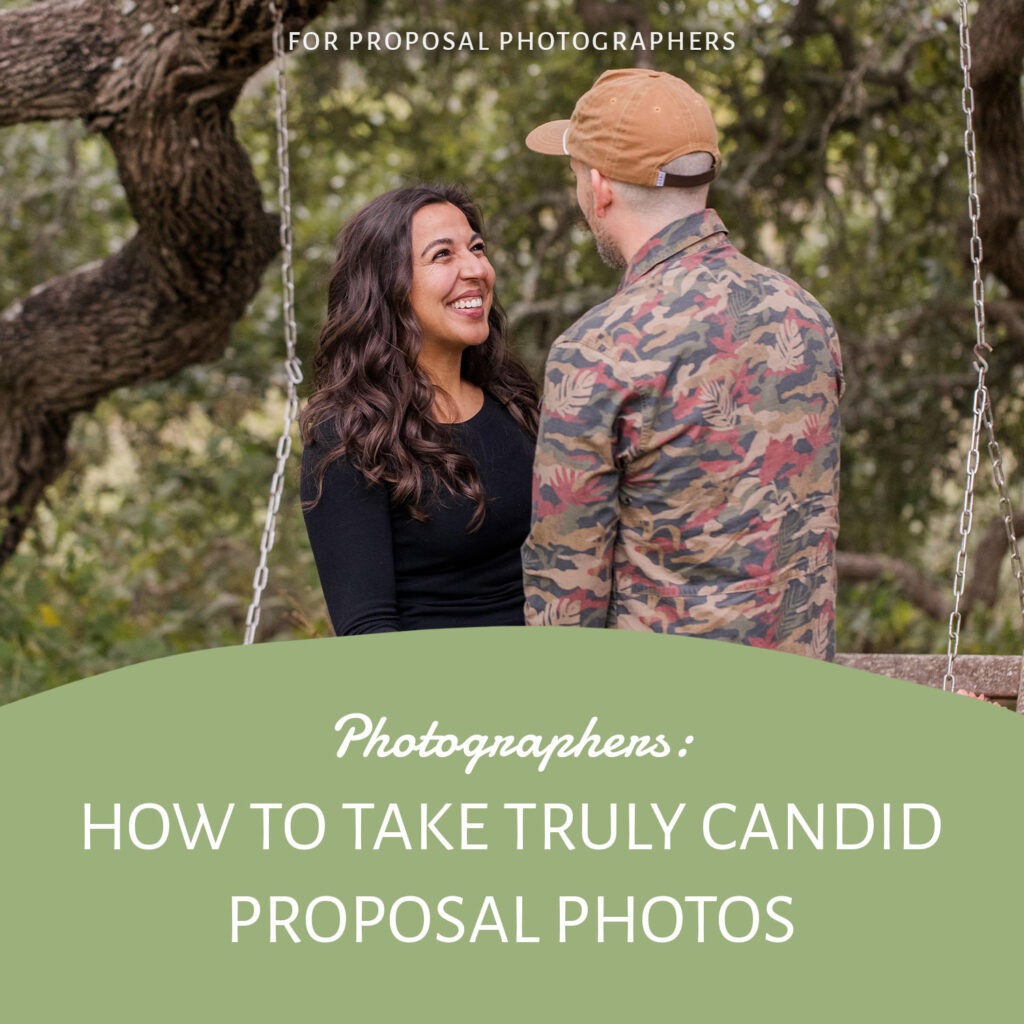
How to take truly candid proposal photos
Photographers – Want to learn how to photograph proposals? Join me for biweekly education sent to your inbox!
weddings
senior photos
learn more >
learn more >
proposal
learn more >
comments +